Charles M. Kozierok The TCP-IP Guide
Подождите немного. Документ загружается.

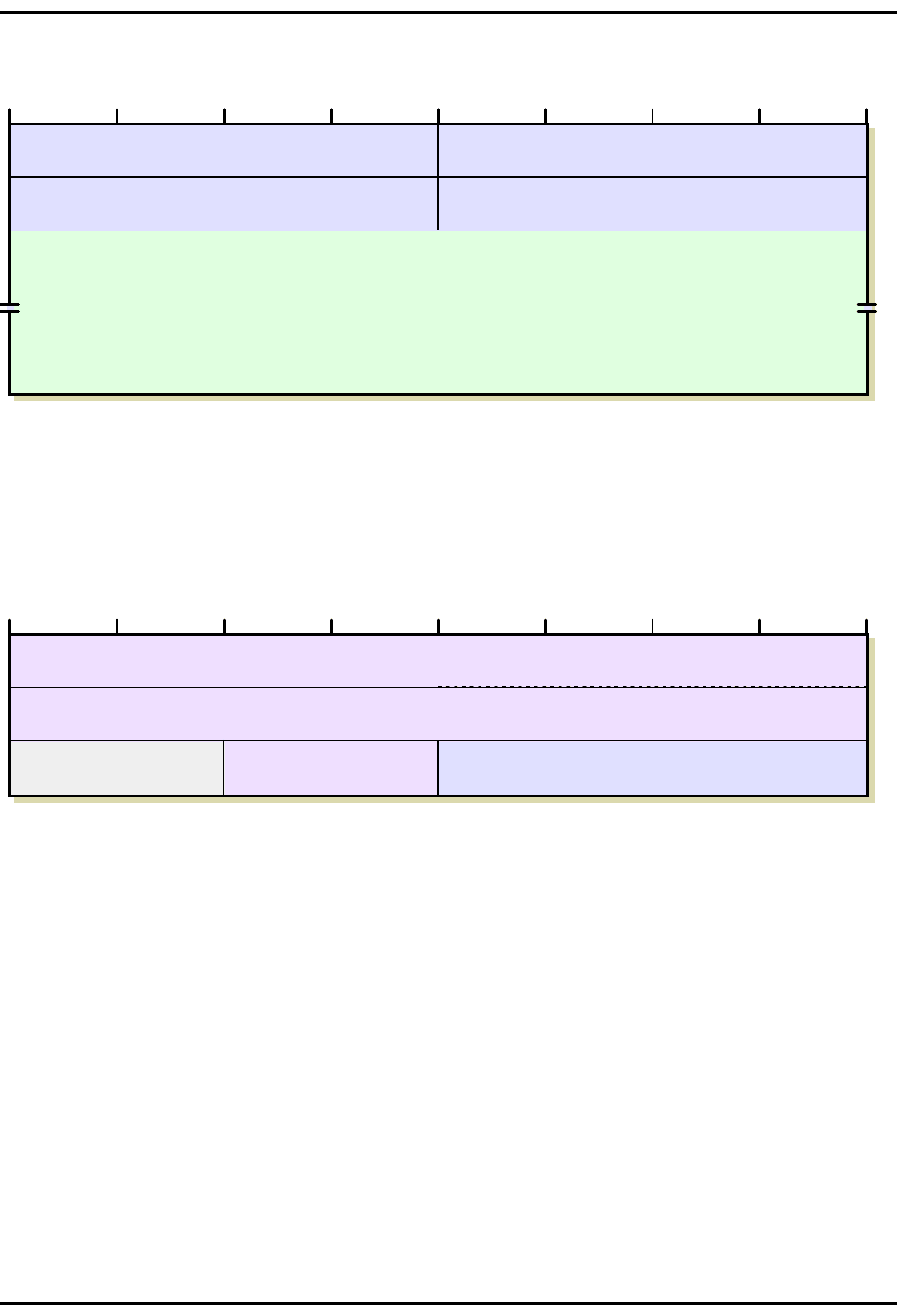
The TCP/IP Guide - Version 3.0 (Contents) ` 831 _ © 2001-2005 Charles M. Kozierok. All Rights Reserved.
☯ The IP Protocol field.
☯ The UDP Length field.
The total length of this “pseudo header” is 11 bytes. It is padded to 12 bytes with a byte of
zeroes and then prepended to the real UDP message. The checksum is then computed
over the combination of the pseudo header and the real UDP message, and the value is
placed into the Checksum field. The pseudo header is used only for this calculation and is
then discarded; it is not actually transmitted. The UDP software in the destination device
creates the same pseudo header when calculating its checksum to compare to the one
transmitted in the UDP header.
Computing the checksum over the regular UDP fields protects against bit errors in the UDP
message itself. Adding the pseudo header allows the checksum to also protect against
other types of problems as well, most notably the accidental delivery of a message to the
wrong destination. The checksum calculation in UDP, including the use of the pseudo
header is exactly the same as the method used in TCP (except the Length field is different
Figure 200: UDP Message Format
Figure 201: UDP Pseudo Header Format
Source Port Destination Port
Length Checksum
Data
4 8 12 16 20 24 28 320
Source Address
(from IP Header)
Destination Address
(from IP Header)
Reserved
Protocol
(from IP Header)
Length
(from UDP Header)
4 8 12 16 20 24 28 320
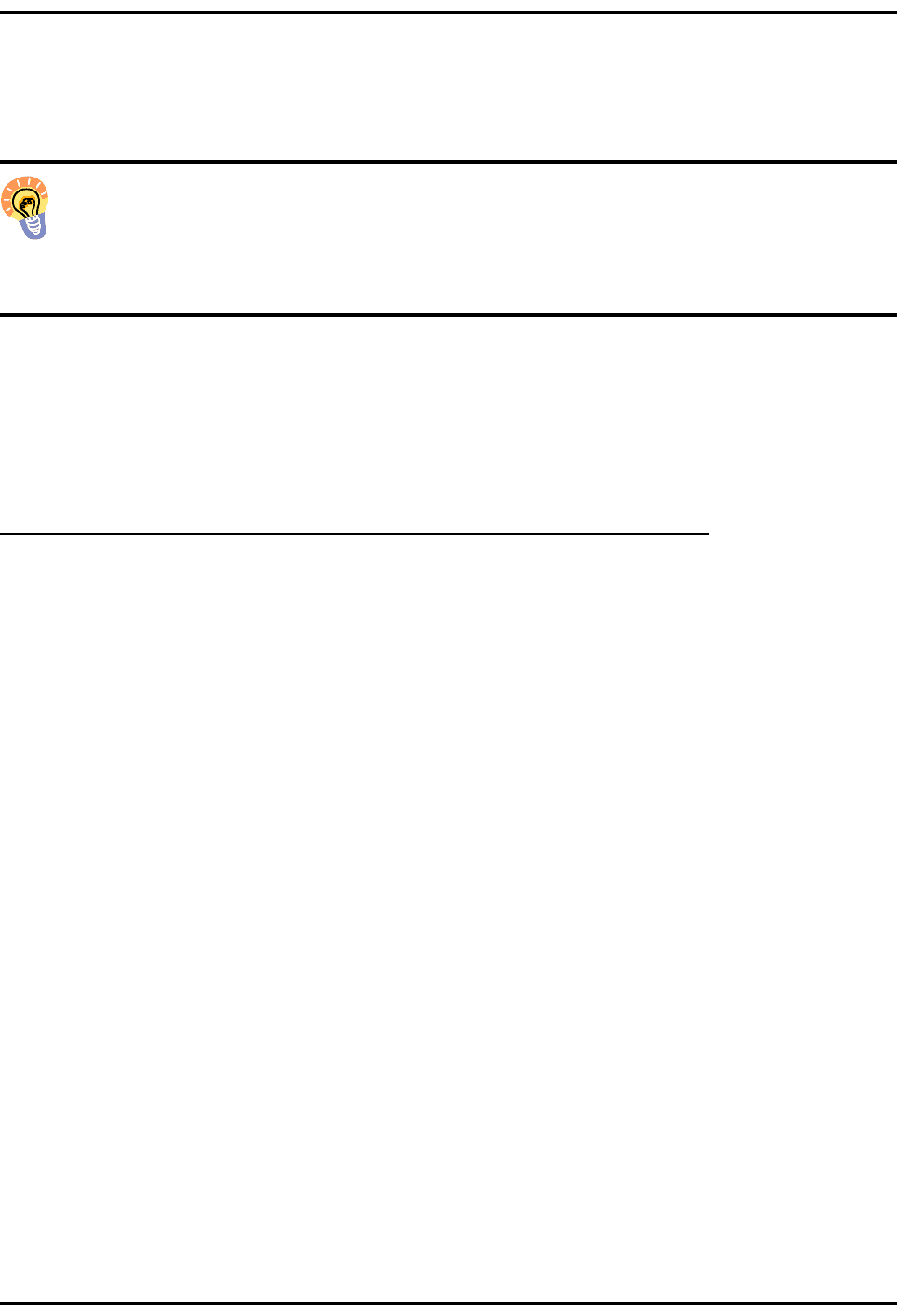
The TCP/IP Guide - Version 3.0 (Contents) ` 832 _ © 2001-2005 Charles M. Kozierok. All Rights Reserved.
in TCP). See the topic describing TCP checksum calculation for a full description of why the
pseudo header is important, and some of the interesting implications of using IP fields in
transport layer datagram calculations.
Key Concept: UDP packages application layer data into a very simple message
format that includes only four header fields. One of these is an optional checksum
field; when used, the checksum is computed over both the real header and a
“pseudo header” of fields from the UDP and IP headers, in a manner very similar to how the
TCP checksum is calculated.
Note that the use of the Checksum field is optional in UDP. If it is not used, it is set to a
value of all zeroes. This could potentially create confusion, however, since when the
checksum is used, the calculation can sometimes result in a value of zero. To avoid having
the destination think the checksum was not used in this case, this zero value is instead
represented as a value of all ones (65,535 decimal).
UDP Common Applications and Server Port Assignments
As we have seen in our exploration of the User Datagram Protocol, UDP contains very little
functionality. With the exception of the important addressing capability that UDP ports
represent, using UDP is very much like using IP directly. This means UDP has most of the
same disadvantages that IP has. It doesn't establish a lasting connection between devices;
it doesn't acknowledge received data or retransmit lost messages, and it certainly doesn't
concern itself with esoterics such as flow control and congestion management.
The lack of these features makes UDP simply unsuitable for the majority of “classical”
networking applications. These usually need to be able to establish a connection, so the
two devices can exchange data back and forth. Many also need the ability to occasionally
or even regularly send very large amounts of data that must be received intact for it to be of
value. For example, consider a message transfer protocol like HTTP. If only part of a Web
page gets from a server back to a Web browser, it's useless. HTTP and other file and
message transfer protocols like it need the capabilities we mentioned just above.
I have read about problems that have occurred in the past in applications using UDP.
Sometimes programmers don't realize how little UDP does, and that it leaves the appli-
cation responsible for handling all the potential vagaries of an internetworking environment.
Someone writing a UDP-based application must always keep in mind that no assumptions
can be made about how or even whether any message will be received by its destination,
and must plan accordingly. Insufficient testing can lead to disaster in worst-case scenarios
on a larger internet and especially, the Internet.

The TCP/IP Guide - Version 3.0 (Contents) ` 833 _ © 2001-2005 Charles M. Kozierok. All Rights Reserved.
Why Some TCP/IP Applications Use UDP
What applications use UDP then? Well, the classic “disclaimer” with UDP is that since it
doesn't provide the features we saw earlier, an application that uses UDP is responsible for
those functions. In reality, if an application needs the features that TCP provides but UDP
does not, having the application implement them is inefficient, except in special cases. If the
application needs what TCP provides, it should just use TCP! However, applications that
only need some of what TCP implements are sometimes better off to use UDP and
implement that limited set of functionality at the application level.
So, the applications that run over UDP are normally those that do not require all or even
most of the features that TCP has, and that can benefit from the increased efficiency of
avoiding the setup and overhead associated with TCP. Applications usually (but not always)
meet this description because the data they send falls into one of two categories.
Data Where Performance Is More Important Than Completeness
The classic example of this category is a multimedia application. If you are streaming a
video clip over the Internet, the most important thing is that the stream starts flowing quickly
and keeps flowing. Humans only really notice significant disruptions in the flow of this type
of information, so a few bytes of data missing due to a lost datagram is not only not a big
problem, it's unlikely to even be noticed.
Furthermore, even if TCP were used for something like this and a lost datagram was
noticed and retransmitted, it would be useless because it would belong to a part of the clip
that is long past—and the time spent in that retransmission might make the actual current
part of the clip arrive late. Clearly, UDP is best for this situation.
Data Exchanges That Are “Short And Sweet”
There are many TCP/IP applications where the underlying protocol consists of only a very
simple request/reply exchange. A short request message is sent from a client to a server,
and a short reply message goes back from the server to the client. In this situation, there is
no real need to set up a connection like TCP does. Also, if only one short message is sent,
it can be carried in a single IP datagram. This means there is no need to worry about data
arriving out of order, flow control between the devices and so forth.
How about loss of the request or the reply? These can be handled simply at the application
level using timers. If a client sends a request and the server doesn't get it, it won't reply, and
the client will eventually send a replacement request. The same logic applies if the server
sends a response that never arrives.
Other Cases Where UDP Is Required
As I said before, these are the most common cases where UDP is used, but there are other
reasons. For example, if an application needs to multicast or broadcast data, it must use
UDP, because TCP is only supported for unicast communication between two devices.
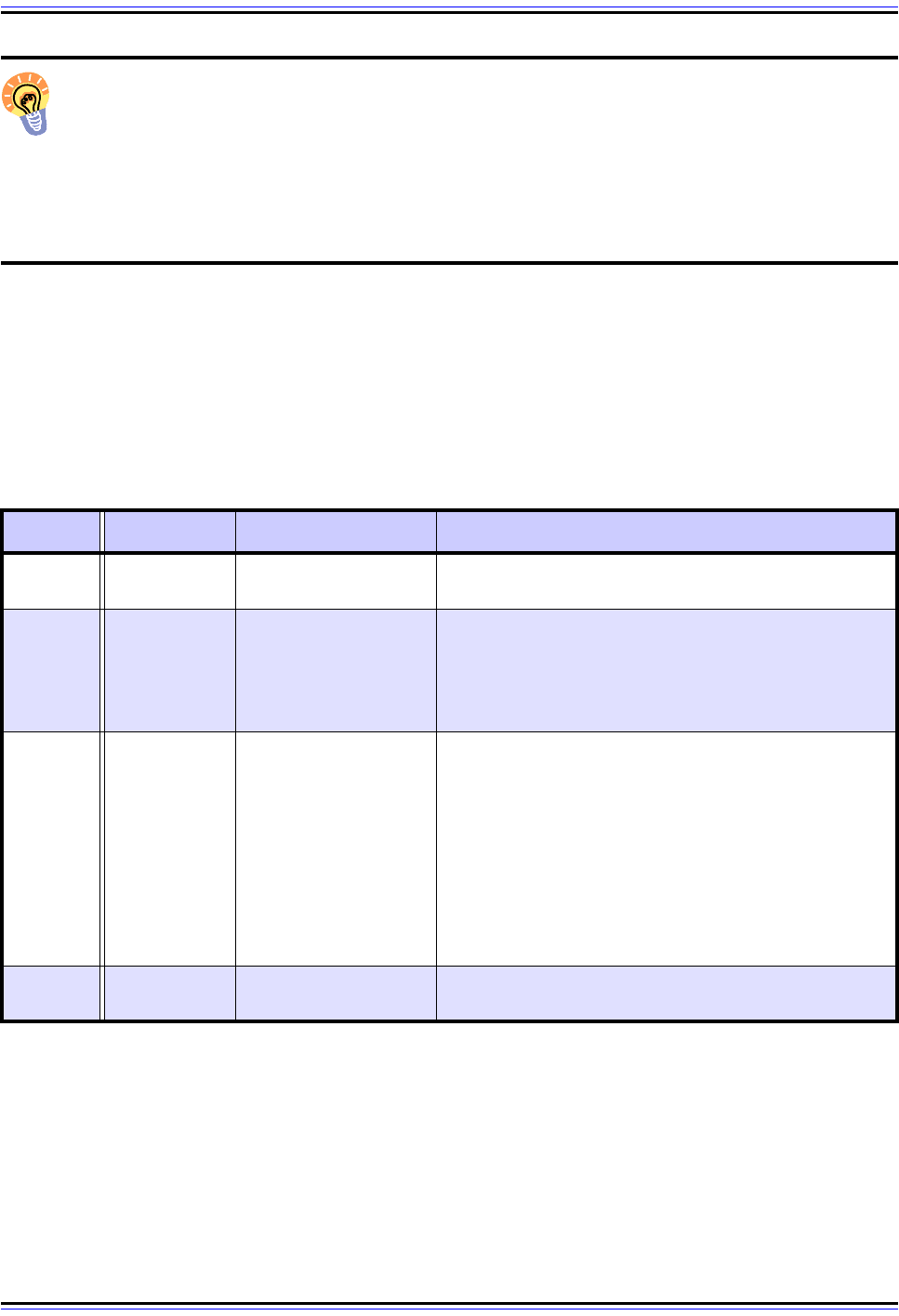
The TCP/IP Guide - Version 3.0 (Contents) ` 834 _ © 2001-2005 Charles M. Kozierok. All Rights Reserved.
Key Concept: UDP is most often used by a protocol instead of TCP in two situa-
tions. The first is when an application values timely delivery over reliable delivery,
and where TCP’s retransmission of lost data would be of limited or even no value.
The second is when a simple protocol is able to handle the potential loss of an IP datagram
itself at the application layer using a timer/retransmit strategy, and where the other features
of TCP are not required. UDP is also used for applications that require multicast or
broadcast transmissions, since these are not supported by TCP.
Common UDP Applications and Server Port Use
Table 149 shows some of the more interesting protocols that use UDP and the well-known
and registered port numbers used for each one's server processes. It also provides a very
brief description of why these protocols use UDP instead of TCP. See the sections or topics
devoted to each application for more details:
Table 149: Common UDP Applications and Server Port Assignments (Page 1 of 2)
Port # Keyword Protocol Comments
53 domain
Domain Name Server
(DNS)
Uses a simple request/reply messaging system for
most exchanges (but also uses TCP for longer ones).
67 and 68
bootps /
bootpc
Bootstrap Protocol
(BOOTP) and
Dynamic Host Config-
uration Protocol
(DHCP)
Host configuration protocols that consist of short
request and reply exchanges.
69 tftp
Trivial File Transfer
Protocol (TFTP)
TFTP is a great example of a protocol that was specif-
ically designed for UDP, especially when it is
compared to regular FTP. The latter protocol uses
TCP to establish a session between two devices, and
then makes use of its own large command set and
TCP's features to ensure reliable transfer of possibly
very large files. In contrast, TFTP is designed for the
quick and easy transfer of small files. It includes
simple versions of some of TCP's features, such as
acknowledgments, to avoid file corruption.
161 and
162
snmp
Simple Network
Management Protocol
An administrative protocol that uses relatively short
messages.
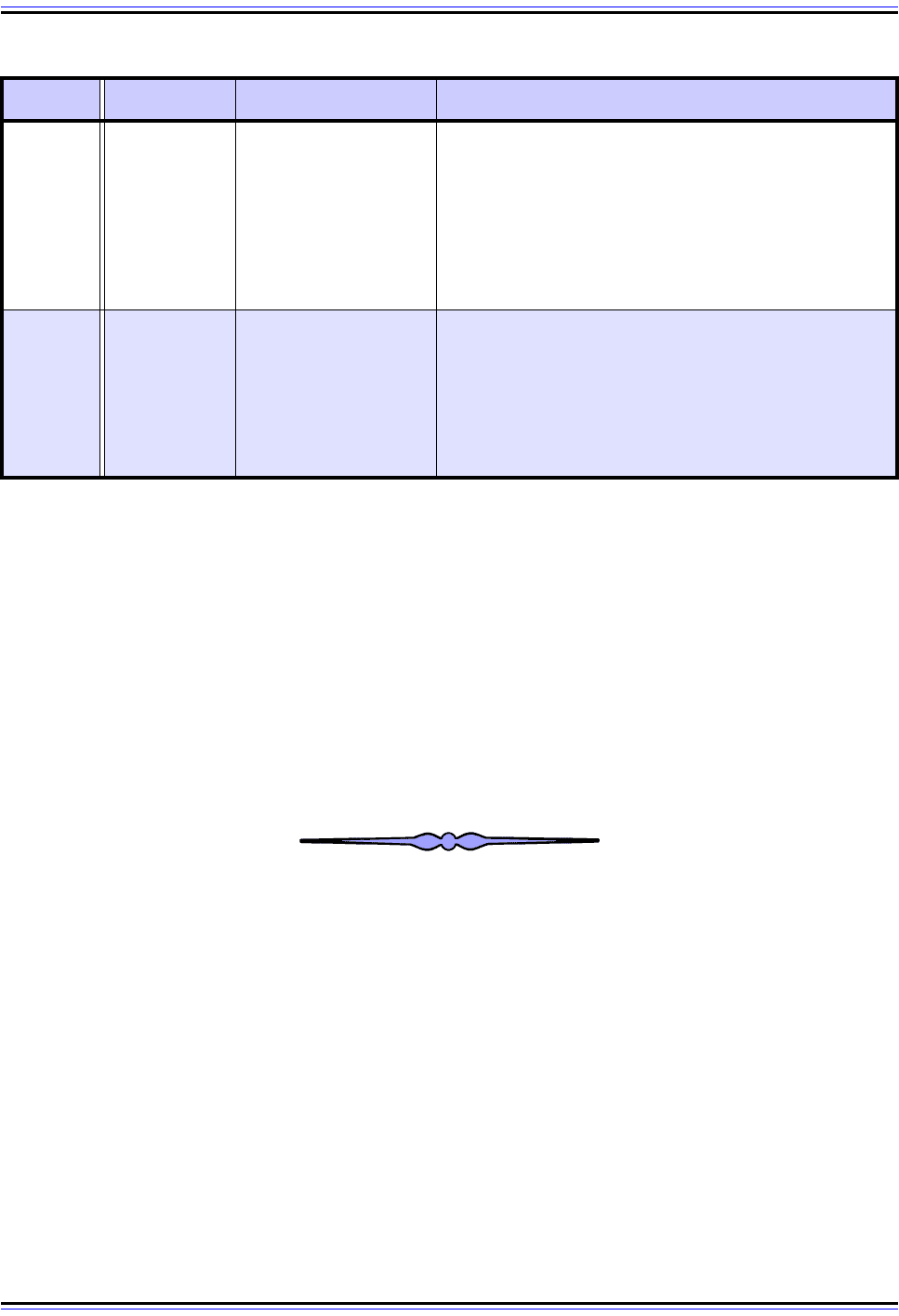
The TCP/IP Guide - Version 3.0 (Contents) ` 835 _ © 2001-2005 Charles M. Kozierok. All Rights Reserved.
Applications That Use Both UDP and TCP
There are some protocols that actually use both UDP and TCP. This is often the case either
for utility protocols that are designed to accept connection using both transport layer
protocols, or for applications that need the benefits of TCP in some cases, but not others.
The classic example of the latter is DNS, which normally uses UDP port 53 for simple
requests and replies, which are usually short. Larger messages requiring reliable delivery,
such as zone transfers, use TCP port 53 instead. Note that in the table above I have
omitted some of the less-significant protocols, such as the ones used for diagnostic
purposes (Echo, Discard, CharGen, etc.) For a full list of all common applications, see the
topic on common TCP/IP applications and port numbers.
520 and
521
router / ripng
Routing Information
Protocol (RIP-1, RIP-
2, RIPng)
Unlike more complex routing protocols like BGP, RIP
uses a simple request/reply messaging system,
doesn't require connections, and does require multi-
casts/broadcasts. This makes it a natural choice for
UDP. If a routing update is sent due to a request and is
lost, it can be replaced by sending a new request.
Routine (unsolicited) updates that are lost are
replaced in the next cycle.
2049 nfs Network File System
NFS is an interesting case. Since it is a file sharing
protocol, one would think that it would use TCP
instead of UDP, but it was originally designed to use
UDP for performance reasons. There were many
people who felt this was not the best design decision,
and later versions moved to the use of TCP. The latest
version of NFS uses only TCP.
Table 149: Common UDP Applications and Server Port Assignments (Page 2 of 2)
Port # Keyword Protocol Comments
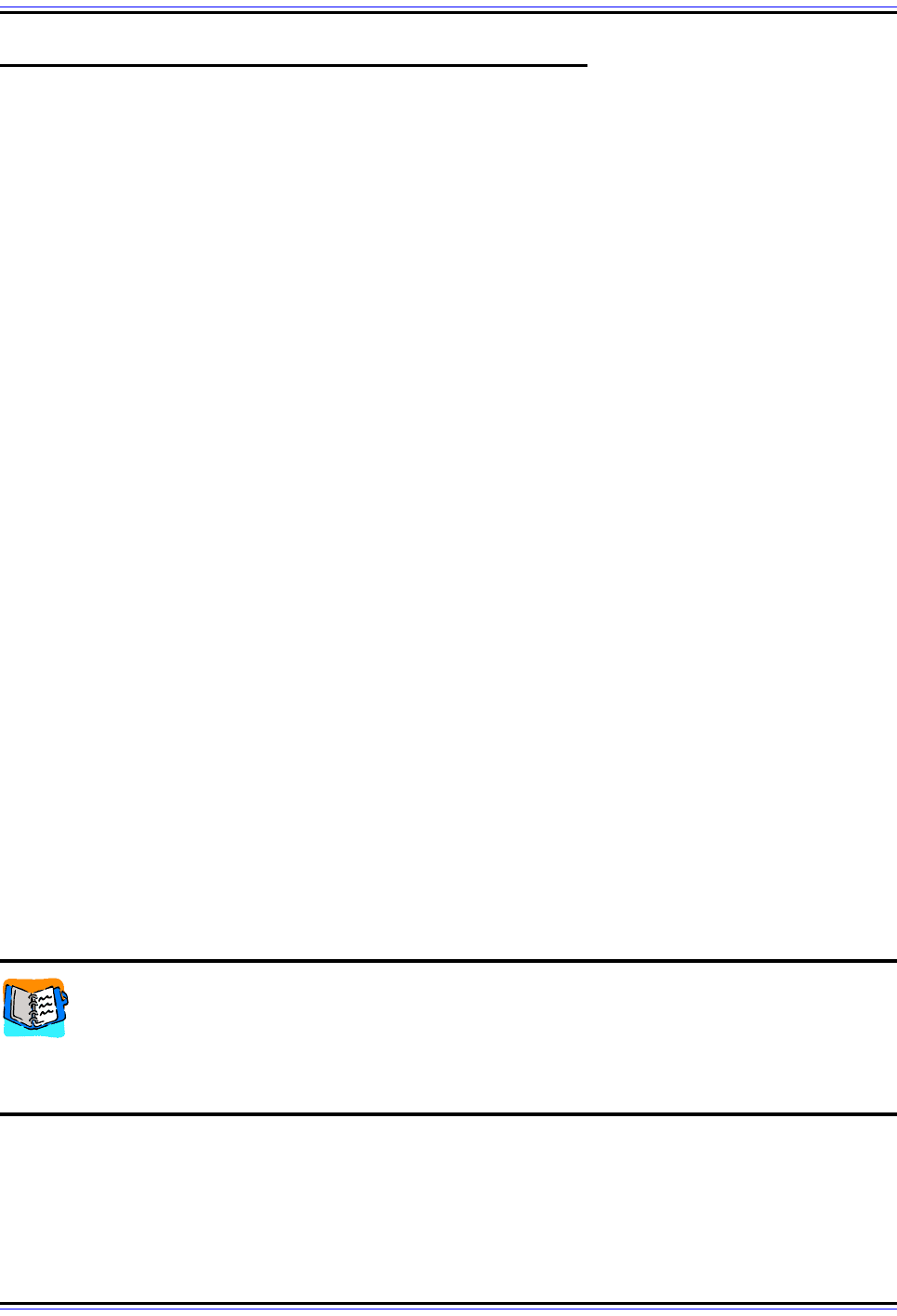
The TCP/IP Guide - Version 3.0 (Contents) ` 836 _ © 2001-2005 Charles M. Kozierok. All Rights Reserved.
TCP/IP Transmission Control Protocol (TCP)
In my description of the Internet Protocol, I call it the “workhorse” of the TCP/IP protocol
suite. IP is, in fact, the foundation upon which the other protocols of the suite are built. Well,
if IP is the “workhorse”, then the “worker” that rides on that horse would have to be the TCP/
IP Transmission Control Protocol (TCP). Like horse and rider, TCP and IP form a team that
work together to make it possible for applications to easily run over an internetwork.
TCP and IP share the marquee in the name of the suite, and are very important comple-
ments to each other. IP concerns itself with classic network-layer tasks such as addressing,
datagram packaging and routing, which provide basic internetworking capabilities. TCP
provides to applications a method of easily making use of IP, while filling in the capabilities
that IP lacks. It allows TCP/IP devices to establish and manage connections and send data
reliably, and takes care of handling all the potential “gotchas” that can occur during trans-
mission so each application doesn't need to worry about such matters. To applications, TCP
could thus be considered almost like a nice user interface to the fairly rudimentary capabil-
ities of IP.
This section provides a comprehensive description of the concepts, characteristics and
functions of the Transmission Control Protocol (TCP). TCP is a rather complex protocol that
includes a number of sophisticated functions to ensure that applications function in the
potentially difficult environment of a large internetwork. It's also, as I said above, a very
important part of the TCP/IP protocol suite. For this reason, the section is rather large, and
has been divided into five subsections.
The first subsection provides an overview of TCP, describing its history, what it does and
how it works. The second paints some important background information that is necessary
to understanding how TCP operates. This is done by explaining key concepts such as
streams and segments, sliding windows and TCP ports and connections. The third
subsection describes the process used by TCP to establish, maintain and terminate
sessions. The fourth describes TCP messages, and how they are formatted and trans-
ferred. Finally, the last subsection shows how TCP provides reliability and other important
transport layer functions to applications, such as flow control, retransmission of lost data
and congestion avoidance.
Background Information: Since TCP is built on top of IP, in describing TCP, I
make the assumption that the reader has at least a basic familiarity with IP. If you
have come to this section without first gaining an understanding of IP, I'd suggest
reading that section first. Since it's large, reviewing the portion describing IP concepts will
likely suffice for background.
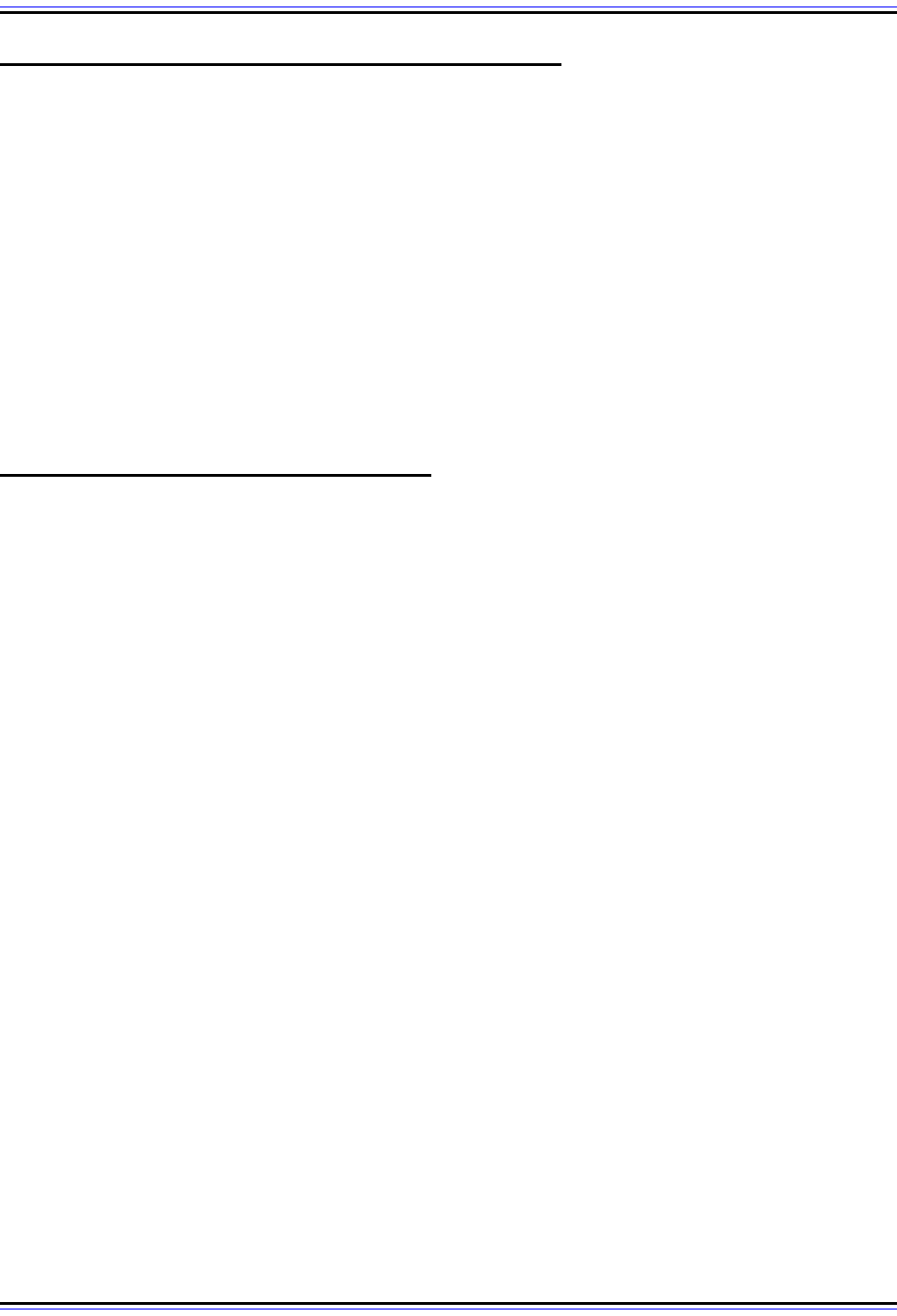
The TCP/IP Guide - Version 3.0 (Contents) ` 837 _ © 2001-2005 Charles M. Kozierok. All Rights Reserved.
TCP Overview, Functions and Characteristics
As I mentioned in the previous section overview, the Transmission Control Protocol (TCP)
is a critically important part of the TCP/IP suite. It's also a fairly complicated protocol, with a
lot of important concepts and mechanisms to understand. The old joke says the best way to
eat an elephant is “one bite at a time”. Similarly here, we can best comprehend the
operation of this complicated protocol by going slowly, starting with a high-level look at it,
where it came from, and what it does in general terms.
In this section I begin our look at TCP with an introduction to the protocol. I first provide an
overview and history of TCP, and describe the standards that define it. I then give a “bird's
eye” view of TCP by describing it in two important ways. I illustrate what TCP actually does
by listing its functions, and then explain how TCP works by describing its most important
characteristics. This will give you a feel for what TCP is all about, and hopefully set the
stage for the more complex technical discussions in subsequent sections.
TCP Overview, History and Standards
Between them, layers three and four of the OSI Reference Model represent the interface
between networking software (the applications that need to move data across networks)
and networking hardware (the devices that carry the data over networks). Any protocol suite
must have a protocol or set of protocols that handles these layer three and layer four
functions.
The TCP/IP protocol suite is named for the two main protocols that provides these capabil-
ities, allowing software to run on an internetwork: the Transmission Control Protocol (TCP)
and the Internet Protocol (IP). IP deals with internetwork datagram delivery and routing,
while TCP handles connections and provides reliability. What's interesting, however, is that
in the early days of the protocol suite, there was, in fact, no “TCP/IP” at all.
TCP History
Due to its prominent role, the history of TCP is impossible to describe without going back to
the early days of the protocol suite as a whole. In the early 1970s, what we know of today
as the global Internet was a small research internetwork called the ARPAnet, named for the
United States Defense Advanced Research Projects Agency (DARPA or ARPA). This
network used a technology called the Network Control Protocol (NCP) to allow hosts to
connect to each other. NCP did approximately the jobs that TCP and IP do together today.
Due to limitations in the NCP, development began on a new protocol that would be better
suited to a growing internetwork. This new protocol, first formalized in RFC 675, was called
the Internet Transmission Control Program (TCP). Like its predecessor NCP, TCP was
responsible for basically everything that was needed to allow applications to run on an inter-
network. Thus, TCP was at first both TCP and IP.
As I explain in detail in the topic describing the history of TCP/IP as a whole, several years
were spent adjusting and revising TCP, with version 2 of the protocol documented in 1977.
While the functionality of TCP was steadily improved, there was a problem with the basic

The TCP/IP Guide - Version 3.0 (Contents) ` 838 _ © 2001-2005 Charles M. Kozierok. All Rights Reserved.
concept behind the protocol. Having TCP by itself handle both datagram transmissions and
routing (layer three functions) as well as connections, reliability and data flow management
(layer four functions) meant that TCP violated key concepts of protocol layering and
modularity. TCP forced all applications to use the layer four functions in order to use the
layer three functions. This made TCP inflexible, and poorly-suited to the needs of applica-
tions that only need the lower-level functions and not the higher-level ones.
As a result, the decision was made to split TCP into two: the layer four functions were
retained, with TCP renamed the Transmission Control Protocol (as opposed to Program).
The layer three functions became the Internet Protocol. This split was finalized in version 4
of TCP, and so the first IP was given “version 4” as well, for consistency. Version 4 of TCP
was defined in RFC 793, Transmission Control Protocol
, published September 1981, and is
still the current version of the standard.
Even though it is more than 20 years old and is the first version most people have ever
used, version 4 was the result of several years work and many earlier TCP versions tested
on the early Internet. It is therefore a very mature protocol for its age. A precocious protocol,
you could say. (To be fair, many additional features and modifications to how TCP works
have been described in other standards, rather than upgrading the main document.)
Overview of TCP Characteristics and Operation
TCP is a full-featured transport layer protocol that provides all the functions needed by a
typical application for the reliable transportation of data across an arbitrary internetwork. It
provides transport-layer addressing for application processes in the form of TCP ports, and
allows these ports to be used in establishing connections between machines. Once connec-
tions have been created, data can be passed bidirectionally between two devices.
Applications can send data to TCP as a simple stream of bytes, and TCP takes care of
packaging and sending the data as segments that are packaged into IP datagrams. The
receiving device's TCP implementation reverses the process, passing up to the application
the stream of data originally sent.
TCP includes an extensive set of mechanisms to ensure that data gets from source to desti-
nation reliably, consistently and in a timely fashion. The key to its operation in this regard is
the sliding window acknowledgement system, which allows each device to keep track of
which bytes of data have been sent and to confirm receipt of data received from the other
device in the connection. Unacknowledged data is eventually retransmitted automatically,
and the parameters of the system can be adjusted to the needs of the devices and the
connection. This same system also provides buffering and flow control capabilities between
devices, to handle uneven data delivery rates and other problems.
The inclusion of so many capabilities in TCP maximizes the likelihood that just about any
application requiring connection-oriented reliable data delivery will be satisfied by the
protocol. This is a primary goal of TCP, as it means that higher-layer applications don't
individually have to provide these common functions. TCP is the most widely used TCP/IP
transport protocol, employed by the majority of conventional message-passing applications.
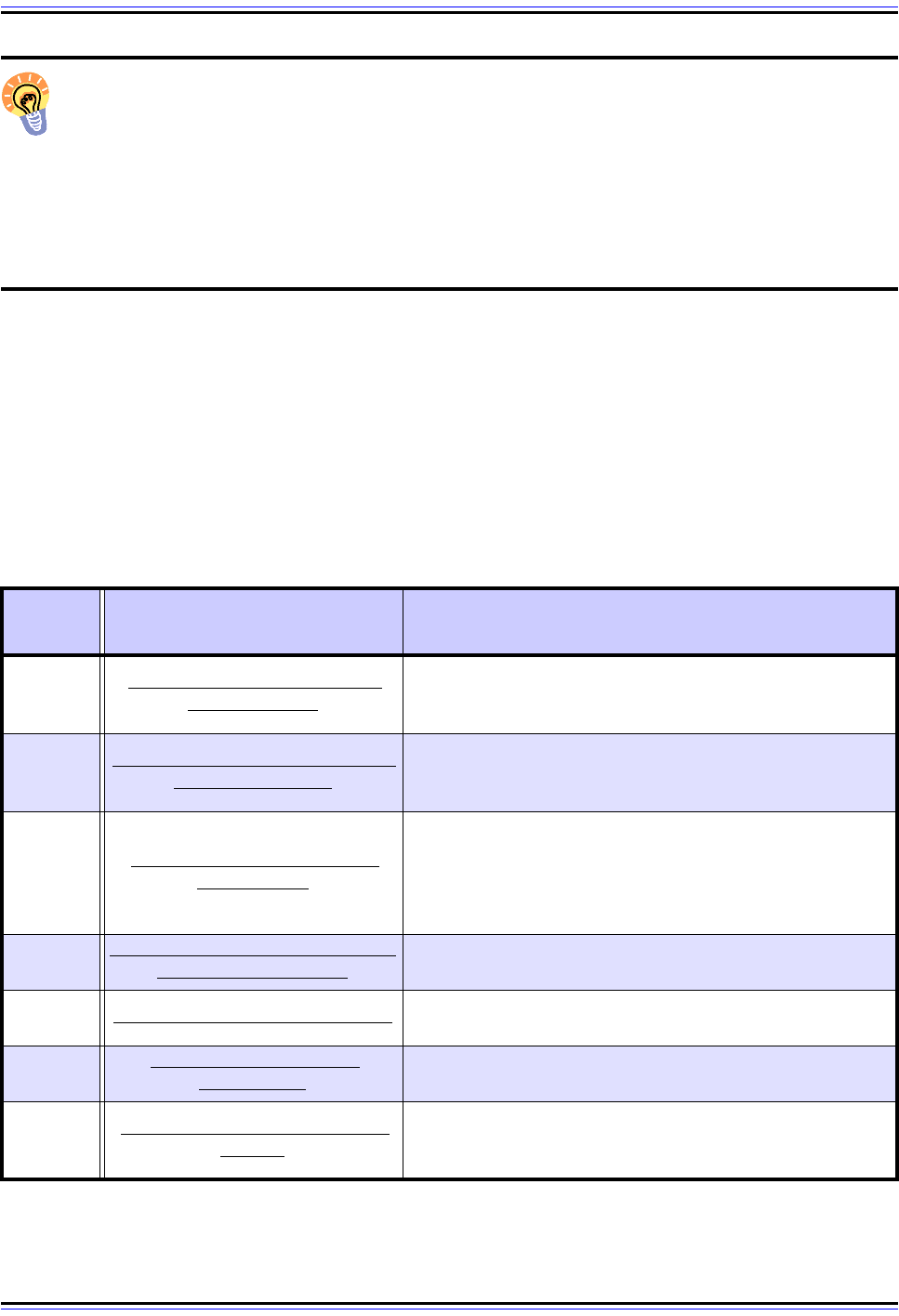
The TCP/IP Guide - Version 3.0 (Contents) ` 839 _ © 2001-2005 Charles M. Kozierok. All Rights Reserved.
Key Concept: The primary transport layer protocol in the TCP/IP suite is the Trans-
mission Control Protocol (TCP). TCP is a connection-oriented, acknowledged,
reliable, fully-featured protocol designed to provide applications with a reliable way to
send data using the unreliable Internet Protocol. It allows applications to send bytes of data
as a stream of bytes, and automatically packages them into appropriately-sized segments
for transmission. It uses a special sliding window acknowledgment system to ensure that all
data is received by its recipient, to handle necessary retransmissions, and to provide flow
control so each device in a connection can manage the rate at which it is sent data.
TCP Standards
RFC 793 is the defining standard for TCP, but it doesn't include all the details of how
modern TCP operates. Several other standards include additional information about how
the protocol works, and describe enhancements to the basic TCP mechanisms that were
developed over the years. Some of these are fairly “esoteric” and not widely known, but
they are useful in gaining a more complete understanding of TCP. I have listed some of
them in Table 150
Table 150: Supplementary TCP Standards (Page 1 of 2)
RFC
Number
Name Description
813
Window and Acknowledgment
Strategy in TCP
Discusses the TCP sliding window acknowledgment
system, describing certain problems that can occur with it
and methods to correct them.
879
The TCP Maximum Segment Size
and Related Topics
Discusses the important Maximum Segment Size (MSS)
parameter that controls the size of TCP messages, and
relates this parameter to IP datagram size.
896
Congestion Control in IP/TCP
Internetworks
Talks about congestion problems and how TCP can be
used to handle them.
Note the interesting inversion of the normal protocol suite
name: “IP/TCP”.
1122
Requirements for Internet Hosts —
Communication Layers
Describes important details of how TCP should be imple-
mented on hosts.
1146 TCP Alternate Checksum Options
Specifies a mechanism for having TCP devices use an
alternative method of checksum generation.
1323
TCP Extensions for High
Performance
Defines extensions to TCP for high-speed links, and new
TCP options.
2018
TCP Selective Acknowledgment
Options
An enhancement to basic TCP functionality that allows
TCP devices to selectively specify specific segments for
retransmission.
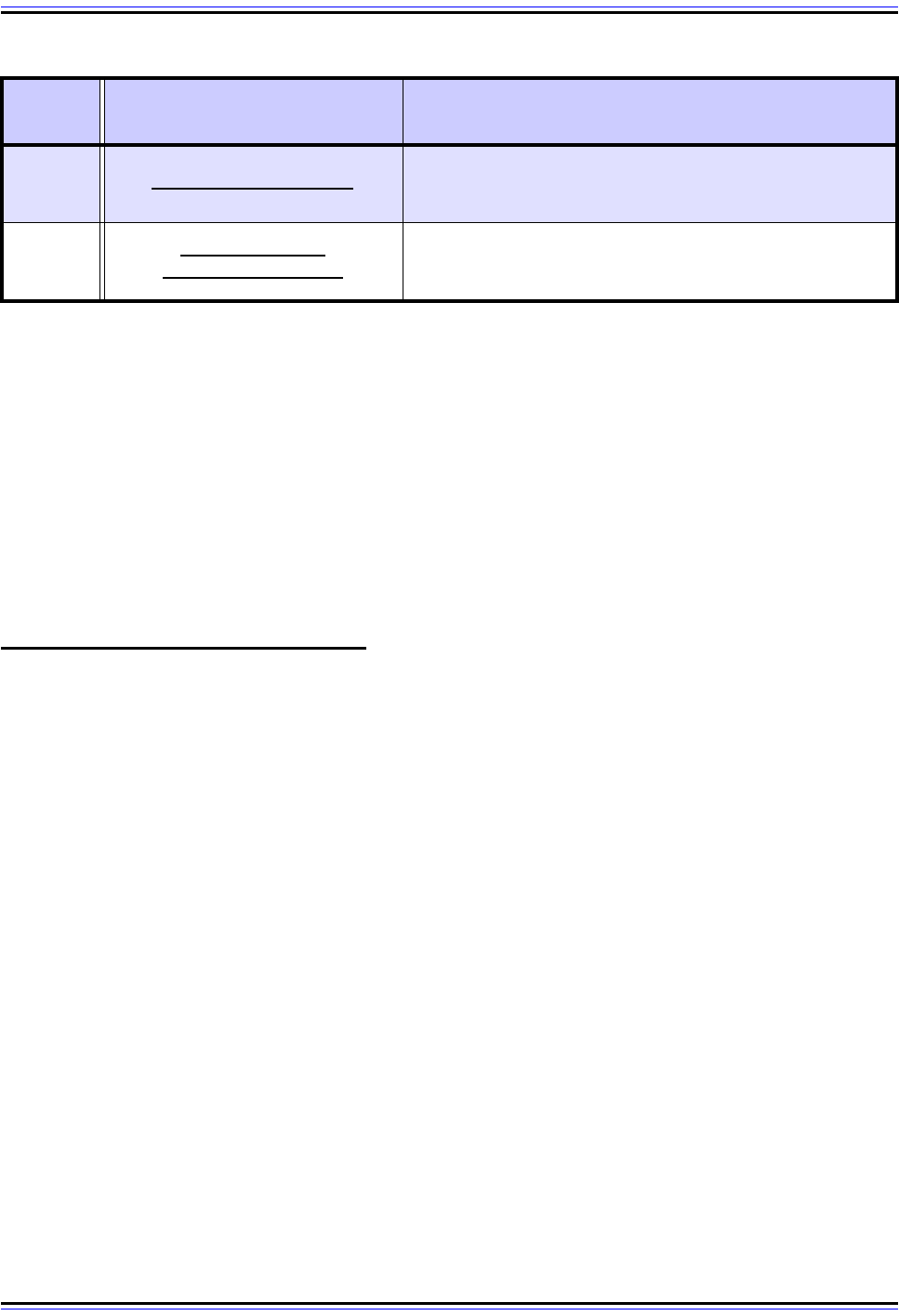
The TCP/IP Guide - Version 3.0 (Contents) ` 840 _ © 2001-2005 Charles M. Kozierok. All Rights Reserved.
Of course, there are hundreds of higher-layer application protocols that use TCP, and
whose defining standards therefore make at least glancing reference to it.
TCP is of course designed to use the Internet Protocol, since they were developed together
and as we have seen, were even once part of the same specification. At the same time,
they were split up for the specific reason of respect the principles of architectural layering.
For this reason, TCP tries to make as few assumptions as possible regarding the under-
lying protocol over which it runs. It is not as strictly tied to the use of IP as one might
imagine, and can even be adapted for use over other network-layer protocols. For our
purposes, however, this should be considered mainly an "interesting aside". We will be
assuming TCP works over IP in our discussions, since that is almost always how it is used.
TCP Functions: What TCP Does
We have now seen where TCP comes from and the standards that describe it. As I said in
the introduction to this section, TCP is a complicated protocol, so it will take some time to
explain how it works. The most logical first “bite” in consuming this particular “elephant” is to
look at exactly what TCP does. From there, we can describe its characteristics and then get
into the details of its operation.
Functions Performed By TCP
Despite the complexity of TCP, its basic operation can be reasonably simplified by
describing its primary functions. The following are what I believe to be the five main tasks
that TCP performs:
☯ Addressing/Multiplexing: TCP is used by many different applications for their
transport protocol. Therefore, like its simpler sibling UDP, an important job for TCP is
multiplexing the data received from these different processes so they can be sent out
using the underlying network-layer protocol. At the same time, these higher-layer
application processes are identified using TCP ports. The section on TCP/IP transport
layer addressing contains a great deal of detail on how this addressing works.
☯ Connection Establishment, Management and Termination: TCP provides a set of
procedures that devices follow to negotiate and establish a TCP connection over
which data can travel. Once opened, TCP includes logic for managing connections
and handling problems that may result with them. When a device is done with a TCP
connection, a special process is followed to terminate it.
2581 TCP Congestion Control
Describes four algorithms used for congestion control in
TCP networks: slow start, congestion avoidance, fast
retransmit and fast recovery.
2988
Computing TCP's
Retransmission Timer
Discusses issues related to setting the TCP retrans-
mission timer, which controls how long a device waits for
acknowledgment of sent data before retransmitting it.
Table 150: Supplementary TCP Standards (Page 2 of 2)
RFC
Number
Name Description
